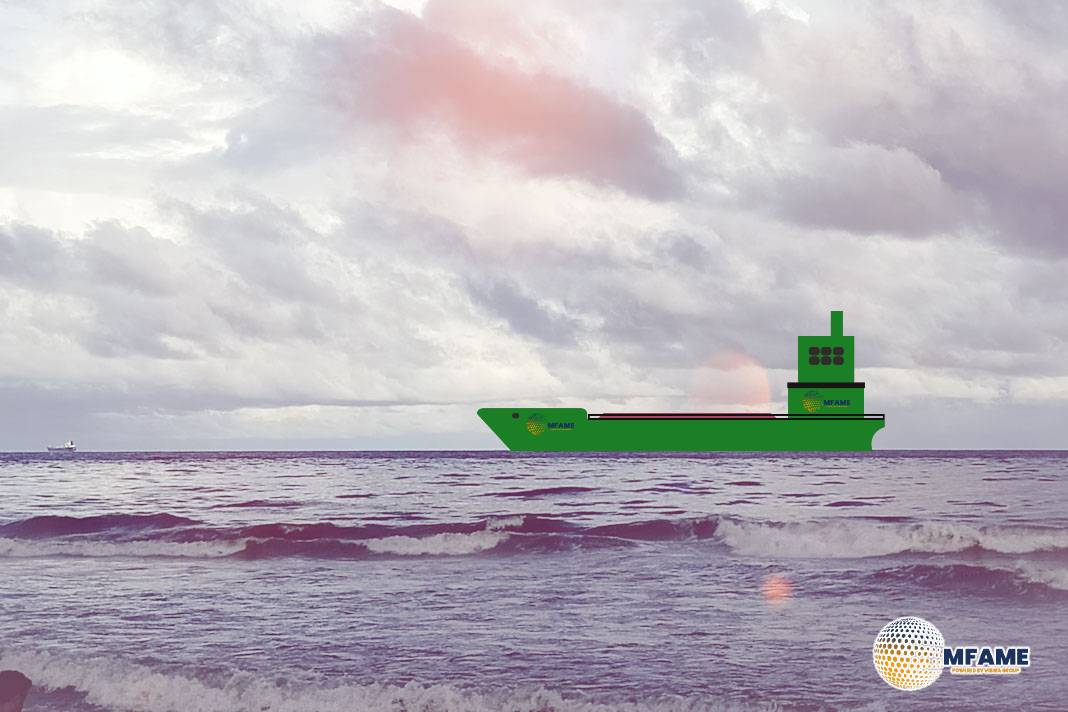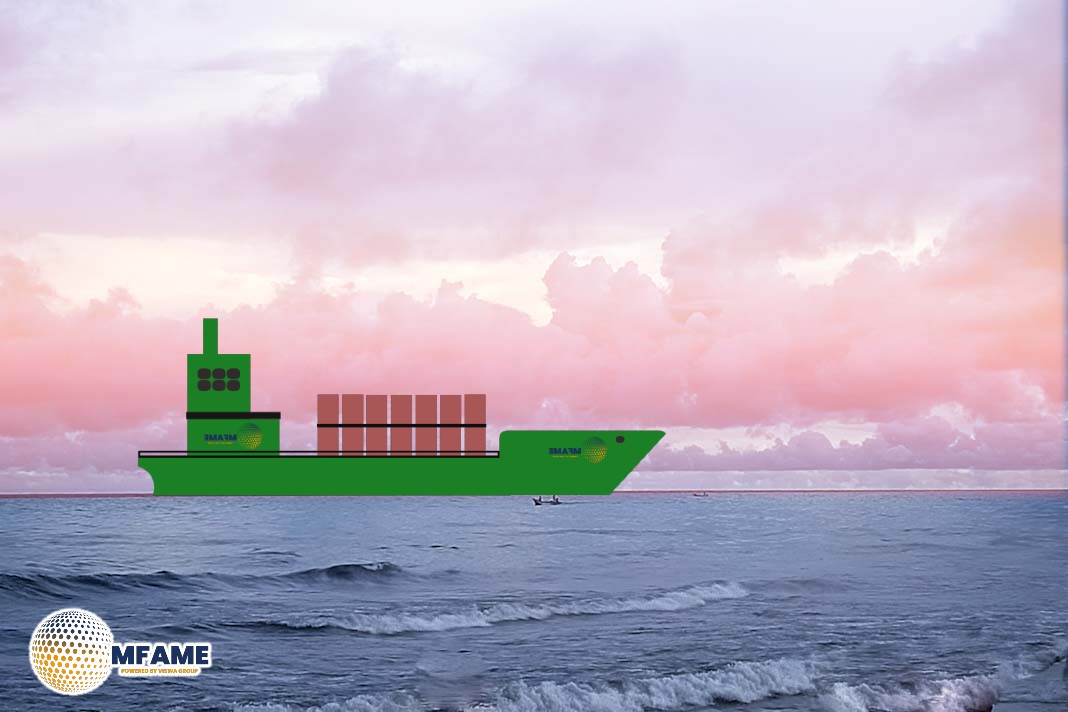- Despite a slight decline in market share, Ocean Alliance still commands 35% of the planned capacity on the Asia-North America West Coast (NAWC) trade.
- The alliance has managed to maintain a similar market share to the former THE Alliance, showing resilience in the competitive environment.
- In both the NAWC and Asia-North America East Coast (NAEC) trades, Gemini Cooperation holds the lowest market share, though the gap with Premier Alliance is minimal on the NAEC route.
February 1st marked the beginning of a new competitive landscape in the deep-sea container trades from Asia to North America and Europe. With the restructuring of shipping line alliances, market dynamics have shifted, prompting a closer examination of capacity distribution and competitive positioning among key players, reports Sea-Intelligence.
Asia-North America West Coast: Ocean Alliance Retains Leadership
An analysis of market share data for March 2024 and March 2025 highlights notable shifts in the Asia-North America West Coast (NAWC) trade lane. While Ocean Alliance remains the dominant force, its market share has slightly declined—not due to capacity reductions, but rather because other carriers are expanding at a faster rate. Despite this minor decrease, Ocean Alliance still commands 35% of the planned capacity, maintaining its leadership position.
A significant change in this space is the emergence of Premier Alliance. Even after losing Hapag-Lloyd, the alliance has managed to sustain a market share comparable to that of its predecessor, THE Alliance. Meanwhile, Gemini Cooperation remains the smallest player in this trade lane, occupying the lowest share of the market.
Asia-North America East Coast: A Similar Competitive Pattern
A similar market structure emerges on the Asia-North America East Coast (NAEC) trade. Ocean Alliance continues to lead in market share, while Premier Alliance retains a position nearly identical to THE Alliance before its dissolution. The competition between Premier Alliance and Gemini Cooperation, however, is more intense in this lane, with only a marginal 0.2 percentage point difference in favor of Premier Alliance.
Competitive Pressure and Freight Rate Implications
The restructuring of alliances is set to introduce new competitive pressures as carriers adapt to the shifting market. With alliances recalibrating their strategies and capacity deployments, shippers are likely to see downward pressure on freight rates as competition intensifies. How each alliance navigates these changes in the coming months will be crucial in shaping the long-term balance of power in the transpacific and Asia-Europe trade lanes.
Did you subscribe to our daily Newsletter?
It’s Free Click here to Subscribe!
Source: Sea-Intelligence
























